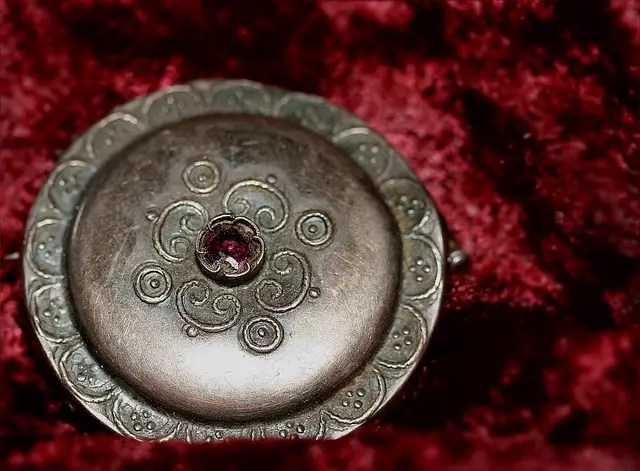Metal detecting is not simply about waving a magnetic stick around and hoping for the best. It’s about precision, patience, and the thrill of finding something that nobody else has seen for possibly hundreds of years. Among the numerous tools and devices a metal detectorist uses, one of the most crucial is the pinpointer. But why, exactly, is this tool so necessary?
What Exactly is a Pinpointer for Metal Detecting?
A pinpointer in metal detecting is a handheld device that helps you locate the exact location of a metal object lodged in the ground. By offering a focused detection field, a pinpointer can detect metals in a smaller area, hence making it easier to locate the object precisely.
Why is a Pinpointer Necessary?
1. Speeds up Recovery
The pinpointer for metal detecting largely speeds up the recovery of targets. Once a regular metal detector has identified an object of interest, the detectorist uses a pinpointer to establish its exact location. Without a pinpointer, you could spend a lot of time digging around the target location, resulting in wasted time and effort.
2. Prevents Damage
Some objects, especially relics and coins, can be damaged if not handled properly. By ensuring that you dig in the right spot, pinpointers significantly reduce the risk of damaging any potential treasure.
3. Enhances Precision
Thanks to their small size and sensitive detection capability, pinpointers allow for much more precise targeting. This precision is highly beneficial especially when dealing with tiny objects that could be easily missed with a regular detector.
Choosing the Right Pinpointer for Metal Detecting
The ideal pinpointer for metal detecting should be easy to use, highly sensitive, and durable enough to withstand regular use in various conditions. Some features to look for include waterproof capability, adjustable sensitivity, and a good battery life.
How to Use a Pinpointer for Metal Detecting?
Using a pinpointer is relatively straightforward. Once your metal detector has identified a target, turn on your pinpointer and move it within the hole or dig area. The pinpointer will emit a signal or vibrate when it gets closer to the target, guiding you to the object’s exact location.
Does Every Detectorist Need a Pinpointer?
While it’s possible to enjoy metal detecting without a pinpointer, most experienced detectorists would argue that it is an essential piece of kit. The convenience and efficiency it brings to the detecting process, as well as the potential to avoid damage to valuable finds, make it a worthwhile investment for any serious enthusiast.
Pinpointers: The Unsung Heroes of Metal Detecting
In the world of metal detecting, pinpointers may not get as much attention as the detectors themselves. However, their contribution to the success and efficiency of a hunt cannot be understated. Whether you’re a seasoned detectorist or a novice just starting out, a good quality pinpointer is a tool that should never be overlooked.
In conclusion, while metal detecting might seem like a simple hobby on the surface, it requires a range of specialized tools to be done effectively. Among these, the humble pinpointer for metal detecting plays a crucial role, offering increased precision and efficiency in finding metallic treasures that could easily be missed otherwise. By understanding its importance and learning how to use it effectively, you can make your metal detecting endeavors much more rewarding.




